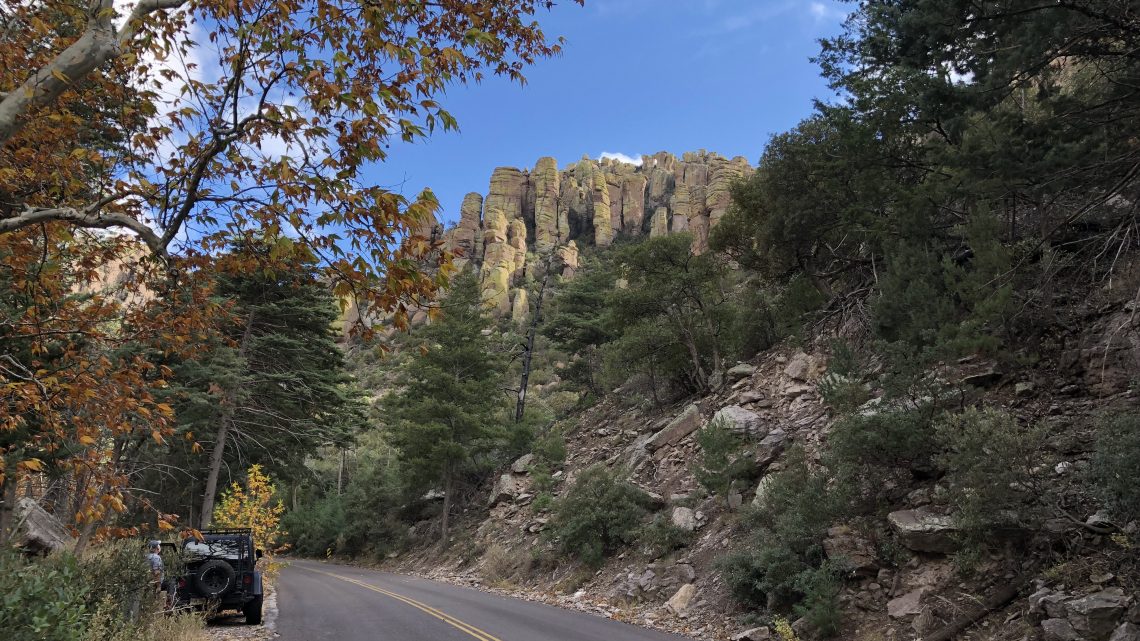We’ve found Benson to be the perfect center for outlying adventures, all within a hundred-mile radius. So far, we’ve explored several fascinating sites I can’t wait to tell you about, loaded with history and scenery, with many more just waiting. There’s no lack of things to do.
Just 36 miles east of Benson lies Cochise Stronghold, an especially beguiling area with “rugged canyons and towering granite domes”. Full of stories associated with the Apache Indian, including the legendary Apache chief, Cochise, I learned the story of how he came to be chief after his father-in-law, Colorado Mangas, was murdered by whites under Lt. George Bascom. When Cochise and cohorts, including Mangas, met with Bascom in order to defend himself from the accusation that he had kidnapped the boy of a local farmer, Bascom treacherously ordered the group to be taken. Using a knife, Cochise slashed his way out of the tent and disappeared. Bascom ordered the others killed, creating an implacable enemy in Cochise, who previously had been friendly with whites. Using an especially rugged mountainous area, Cochise held out against the whites for eleven years before his death. A five-mile hike goes up and over the stronghold and into the canyon on the other side, but unable to find anyone to hike it with me, I couldn’t explore this fascinating area, enjoying it instead from a distance, imagining what it must have been like more than a century ago.
Another interesting jaunt (72-miles) took us to Chiricahua National Monument, called by the Apache, “Land of Standing Up Rocks,” with rock pinnacles, much like a child’s stacking toy, looming overhead. Through this wondrous area, eight-mile-long Bonita Canyon Drive winds with stacked rock marvels at every turn. The Visitor Center offers a video of the area’s history, along with information on its flora and fauna and cultural history.
One day, with a craving to explore the area around Patagonia east of Tucson, Thom drove us along miles of mud and dirt roads through some beautiful terrain that reminded us of sections of South Dakota. Near the border with Mexico, we came across at least 17 border patrol vehicles patrolling the area. Wanting to make sure we were out of there before dark, we stopped a couple of them to ask directions. Both were friendly and helpful. Around one corner, we came to a stop when we spotted a female coati with two babies in tow. Not liking that we were there, she grabbed the first baby in her mouth and carried it across the road and into a ravine with the other following. When we moved the Jeep so we could peer down into the ravine, she again grabbed a baby and headed up the other side into a bushy area, with the second baby following.
“It’s a hard-knock life.”










